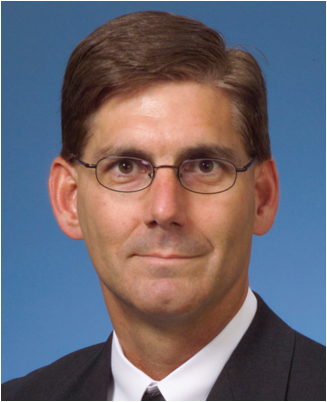|
|
|
There are four main duties to being a guest editor. First, the guest editors have to write a call for papers. Examples are provided in the editorial schedule at http://spie.org/x1809.xml. The second is to get the word out to friends, colleagues, and others working in the subject area. This is like a paper recruiting phase and is very important. Special sections can include solicited papers (Optical Engineering does not “invite” papers like in conferences), papers from conferences that were in the subject area and were highly valued at the conference, and unsolicited papers submitted in response to the open call for papers. The third duty is to oversee the review process and ensure that the published papers are significant and original. This is an online process that is not very cumbersome. The automated system is pretty easy to use, but it does require attention for at least a few minutes every few days while papers are being reviewed. The final duty is to write a single page introduction to the special section that provides an overview and some of the importance of the papers included in the special. It also provides a description of why the subject is interesting and important. The Senior Editors and I are currently looking for topics and guest editors for special sections that are interesting and important. We try to pair guest editors who are heavily involved in conferences with those who participate in the journal process as a reviewer, associate editor, or some other role. We sometimes like to pair an academic colleague with a laboratory or industrial colleague. These pairings usually enhance the subject by providing different points of view. Finally, a great guest editor is one who is motivated and willing to do the work. A guest editor who continually monitors the status of a special section ensures a successful publication that will be a great addition to the resources that SPIE provides to all of us. Please email me directly at ron.driggers@stjohnsopticalsystems.com if you have an idea for a special section topic and proposed guest editors. Finally, I want to point out a good resource to those of you who want to write better papers. Chris Mack, the Editor in Chief of the Journal of Micro/Nanolithography, MEMS, and MOEMS (or JM3) has been writing a number of editorials on how to write better papers. His last editorial was “How to Write a Good Scientific Paper: Significance,” in the April–June issue of JM3 (Vol. 13, No. 2) where he covers four criteria needed for paper acceptance. This editorial is seventh in his editorial series of “How to Write a Good Scientific Paper.” The first six topics cover: These are very useful editorials for both junior researchers and seasoned researchers who want to improve their paper-writing skills. As always, SPIE publishes editorials with open access so that anyone can read them. I encourage you to check them out, and I want Chris Mack to know that we all appreciate useful guidance in the improvement of our papers. |


